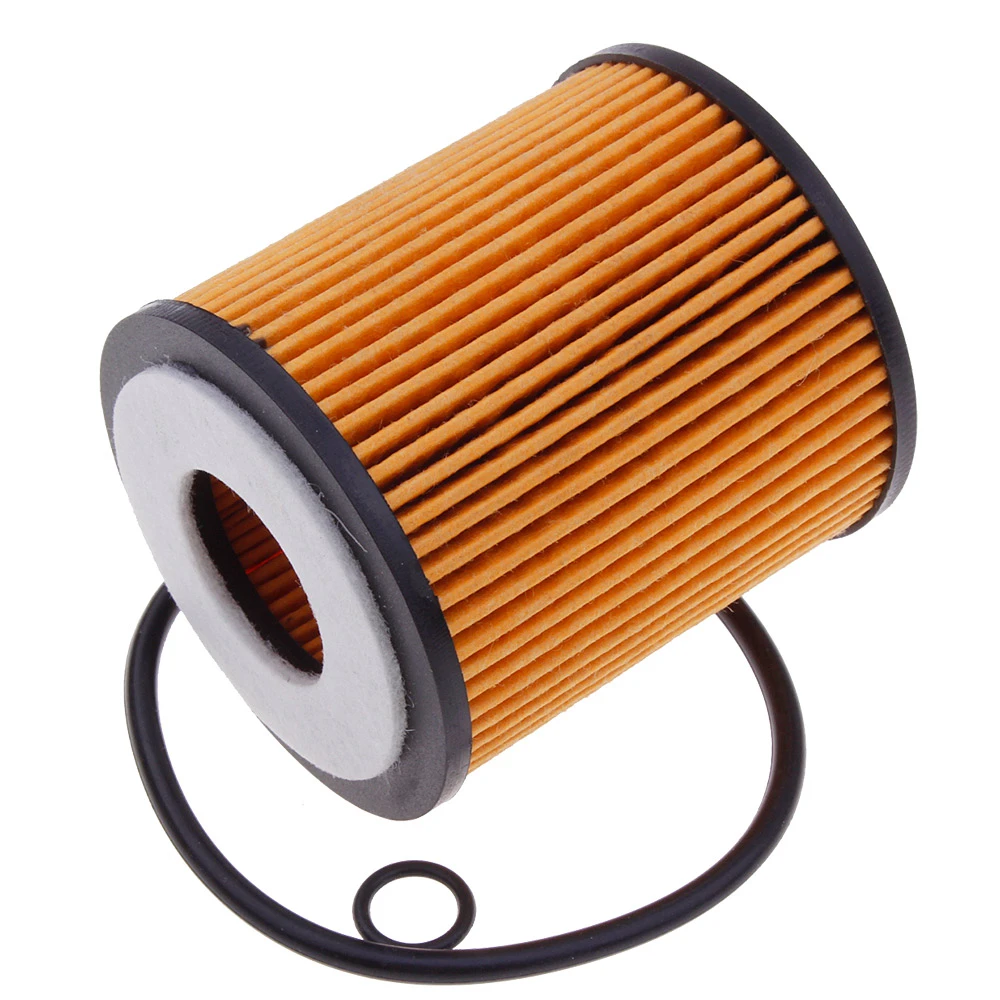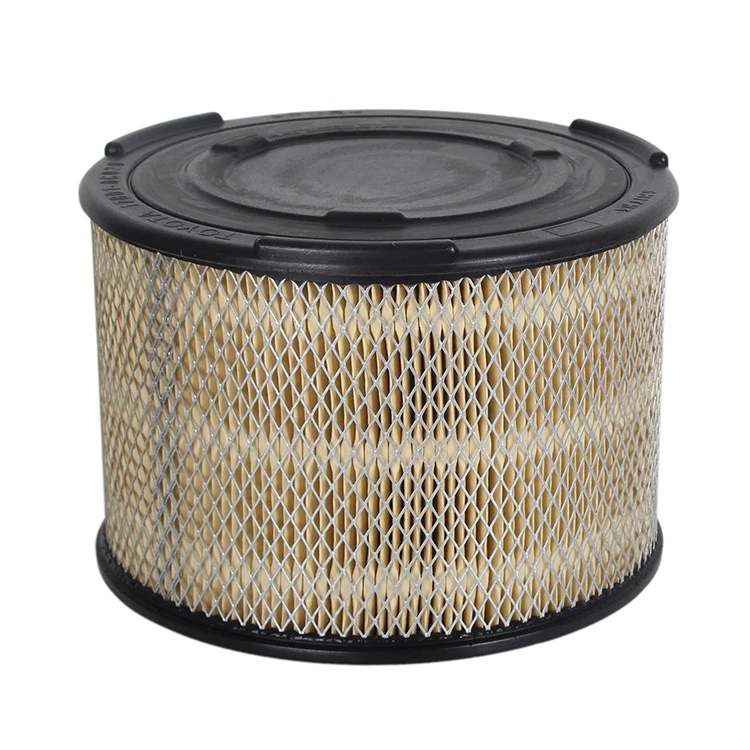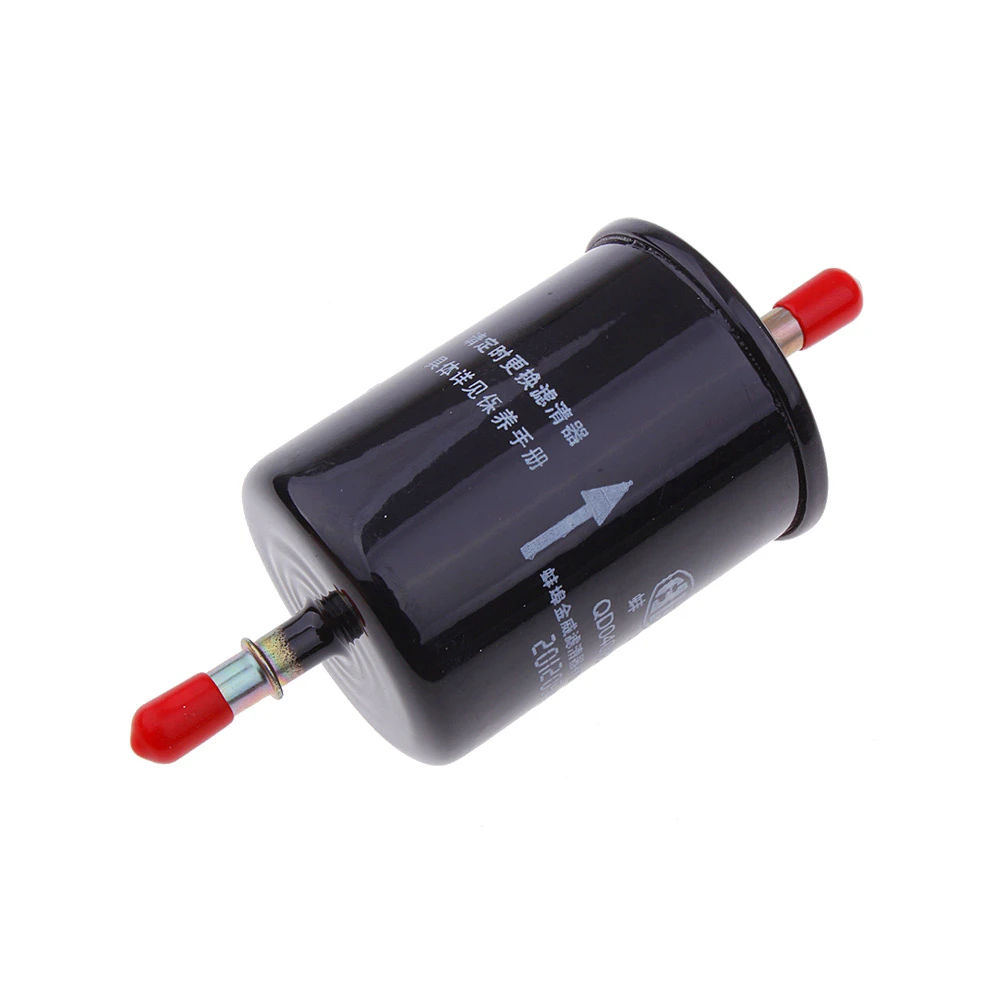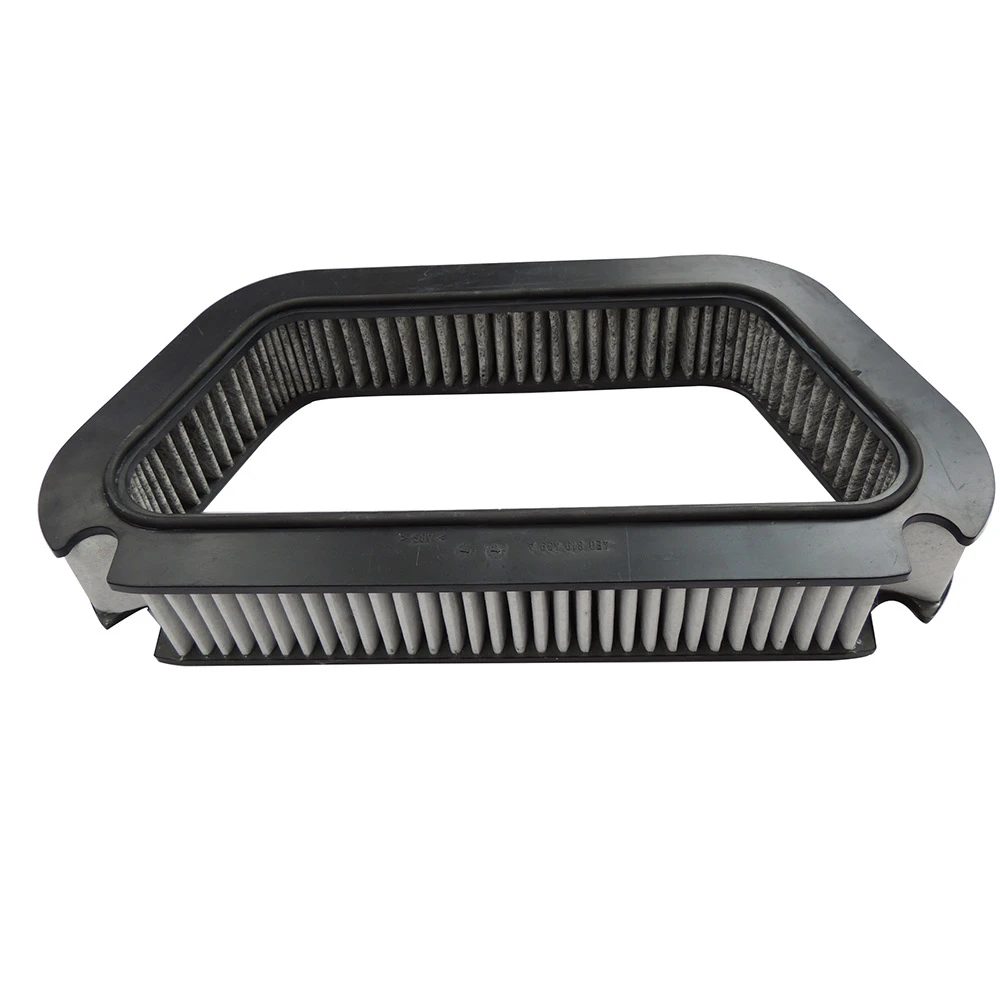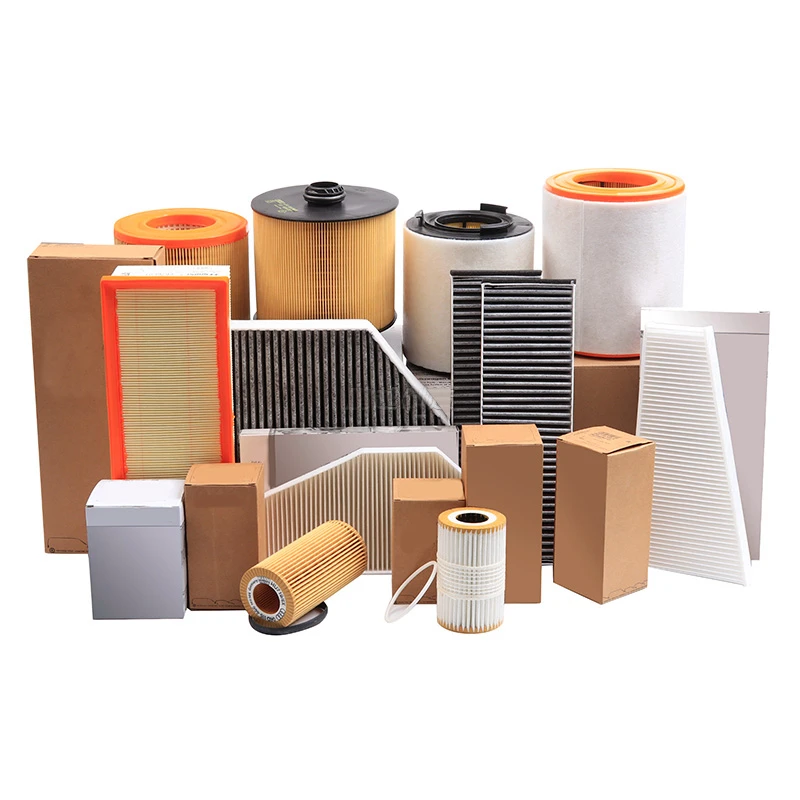
- The Critical Need for Regular Cabin Air Maintenance
- Revealing Air Quality Impact Studies and Statistics
- Technical Evolution in Modern Filtration Systems
- Performance Comparison of Leading Filter Manufacturers
- Custom Solutions for Different Driving Environments
- Real-World Implementation Case Studies
- Auto Cabin Air Filter Replacement: A Proactive Maintenance Guide
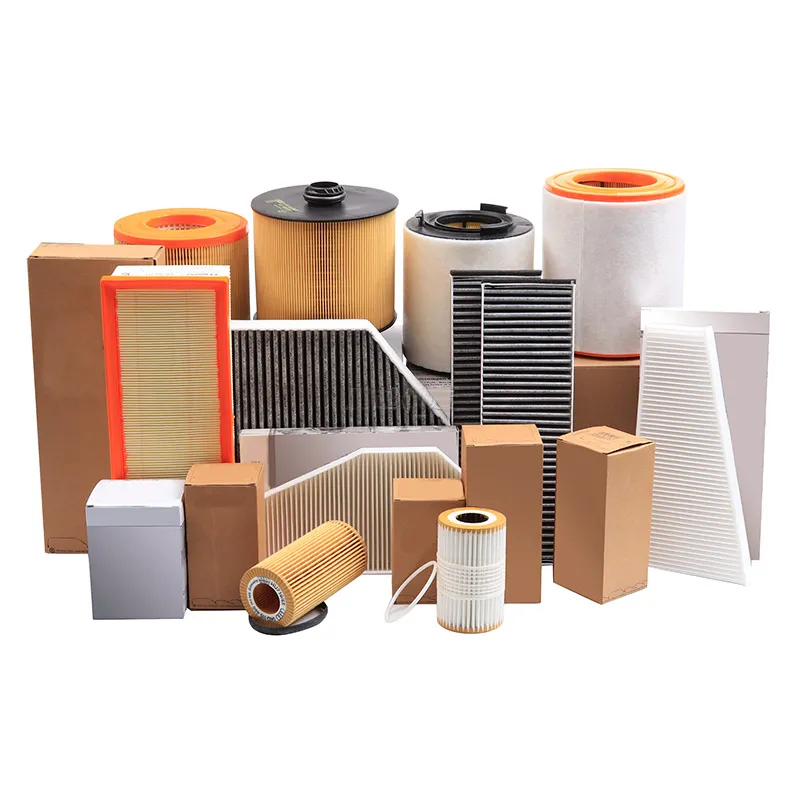
(auto cabin air filter replacement)
Why Auto Cabin Air Filter Replacement is Crucial for Your Vehicle
Maintaining cabin air purity directly impacts driver health and vehicle performance. Unlike engine filters that protect mechanical components, cabin filters safeguard occupants from pollutants like pollen, exhaust particulates, and industrial byproducts. Neglecting this component compromises HVAC efficiency, increases allergens by 56% according to EPA field tests, and accelerates blower motor wear. Proper replacement prevents musty odors and maintains airflow rates within manufacturer specifications. Climate control systems become compromised when filters reach saturation, forcing compressors to work 20% harder. Most owners remain unaware that 25% of engine fumes enter cabins during stop-and-go traffic, making functional filters non-negotiable.
Revealing Air Quality Impact Studies and Statistics
Independently verified research quantifies cabin filtration effectiveness. Urban driving exposes occupants to 280,000 particulate matter (PM2.5) particles per cubic meter - levels dropping by 98.7% with premium activated carbon filters. During wildfire seasons, standard particulate filters reduce airborne ash by 94% within two minutes of activation. Consider these alarming data points:
- Dirty filters harbor 62 types of mold spores on average (Journal of Environmental Science)
- 85% of vehicles over 3 years old exhibit compromised airflow below factory thresholds
- Allergy sufferers report 72% symptom reduction with seasonal filter changes
- Failure rates spike 300% when particulate accumulation exceeds 45g/m²
ASHRAE laboratory simulations prove that optimized filtration reduces driver fatigue by maintaining O² levels during extended drives. Performance degrades rapidly after 15,000 miles - a critical maintenance milestone.
Technical Evolution in Modern Filtration Systems
Advancements in materials science transformed cabin filters from basic mesh screens into sophisticated protection systems. Multi-layered configurations now combine cellulose pre-filters, electrostatic charged microfibers, and activated carbon derived from coconut shells. The latest innovations include:
- Antimicrobial treatments eliminating bacteria colonies within 30 seconds of contact
- Phenol-neutralizing additives capturing industrial solvents
- Bamboo charcoal infused media increasing VOC adsorption capacity by 60%
- Electret technology generating permanent static charges for ultrafine particle capture
Premium filters now feature pleat geometries maintaining surface areas exceeding 10m² while fitting compact housings. When combined with precision sealing gaskets, these achieve near-zero bypass leakage even under maximum airflow loads. Manufacturers increasingly adopt ISO 5011 testing protocols for dust-holding capacity certification, providing objective performance comparisons.
Performance Comparison of Leading Filter Manufacturers
| Brand | Filtration Efficiency @ 0.3μm | Dust Capacity (grams) | VOC Reduction | Warranty Period |
|---|---|---|---|---|
| Mann-Filter CU | 99.5% | 65g | 82% | 2 years |
| Bosch Aeristo | 98.1% | 55g | 91% | 18 months |
| FRAM Fresh Breeze | 95.6% | 48g | 67% | 1 year |
| WIX WP | 97.8% | 62g | 79% | 3 years |
Independent testing data from TÜV SÜD reveals significant performance differences affecting real-world longevity. Filter designs using dual-action filtration media outperform competitors in sustained airflow after 18 months.
Custom Solutions for Different Driving Environments
Climate and geography necessitate specialized filtration approaches. Urban drivers navigate higher hydrocarbon concentrations requiring multi-stage activated carbon filters that absorb nitrogen oxides from traffic exhaust. Conversely, rural regions demand enhanced pollen-blocking capabilities during spring months. Desert climates introduce unique challenges:
- Install sand-barrier pre-filters capturing particles above 10 microns
- Extend change intervals to 8,000 miles due to silica abrasion
- Select hydrophobic media preventing moisture retention
Ride-share professionals using AC constantly benefit from HEPA-grade filtration protecting passengers. Fleets operating near ports implement carbon/zeolite composite filters neutralizing sulfur emissions. Technician installation variations impact effectiveness - improper sealing causes 23% filtration bypass based on SAE field measurements. Correct torque sequence application prevents air gaps compromising the entire system.
Real-World Implementation Case Studies
Practical evidence confirms maintenance benefits across diverse scenarios. Minneapolis taxi operators extended blower motor lifespan by 41 months after switching to 6-month replacement cycles. Analysis confirmed 63% lower coil contamination when using filters with antimicrobial coatings. Construction companies documented:
- 69% fewer HVAC service calls after implementing quarterly filter changes
- $11,200 annual savings on evaporator replacements
- 27% improvement in cabin particulate reduction
Phoenix-based fleets overcame coil clogging issues by adopting alternative pleat patterns reducing moisture retention. California wildfire responders maintained safe cabin conditions using military-grade filters with 99.97% @ 0.1μm efficiency. Fleet managers universally report increased operator comfort scores after prioritizing systematic filter replacements.
Auto Cabin Air Filter Replacement: A Proactive Maintenance Guide
Follow standardized protocols ensuring optimal filtration performance across your vehicle fleet. Standard replacement intervals average 15,000-25,000 miles but should adjust for environmental stressors. Verify serviceability by checking pressure drop across the filter housing - exceeding 200 Pa indicates immediate replacement need. Always select OEM-matched filter dimensions to prevent bypass leakage, and activate the recirculation function during installation to eliminate contaminants. Technician certification programs reduce installation errors by 89% according to NIOSH studies. Document each replacement including manufacturer details and pressure readings. Establishing preventive maintenance programs extends HVAC component life and reduces particulates to levels below WHO air quality guidelines, safeguarding driver health while optimizing operational costs.
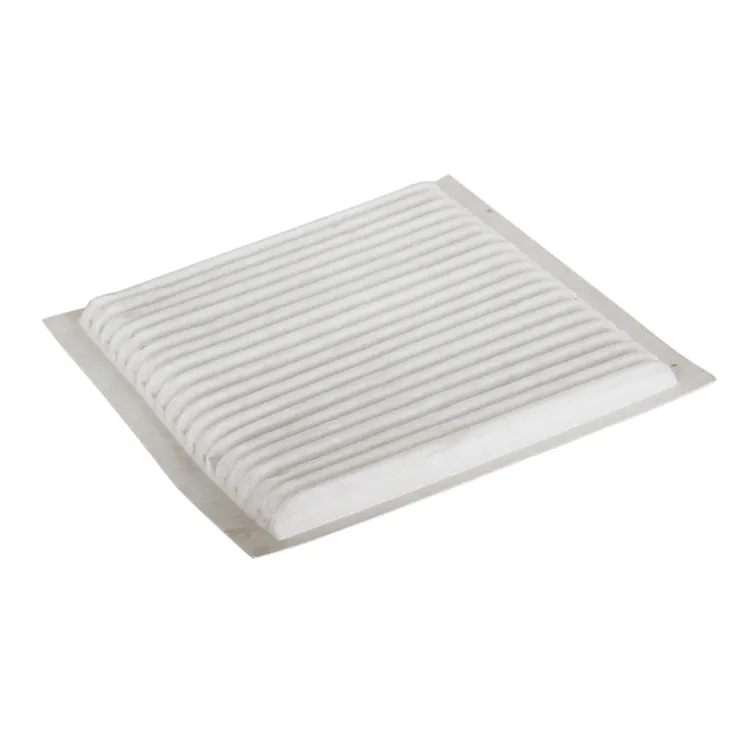
(auto cabin air filter replacement)
FAQS on auto cabin air filter replacement
Q: How often should I replace my auto cabin air filter?
A: Most manufacturers recommend replacing the cabin air filter every 15,000–30,000 miles or every 1–2 years, depending on driving conditions and air quality.
Q: What are the signs of a dirty auto cabin air filter?
A: Reduced airflow from vents, unusual odors, and increased allergy symptoms while driving are common indicators that your cabin air filter needs replacement.
Q: Can I replace the auto cabin air filter myself?
A: Yes, most cabin air filters are accessible behind the glovebox or under the dashboard and can be replaced in minutes using basic tools and the vehicle manual.
Q: Why is replacing the auto cabin air filter important?
A: A clean filter ensures better air quality inside the vehicle, protects the HVAC system from debris, and maintains efficient airflow for heating and cooling.
Q: Does a clogged auto cabin air filter affect fuel efficiency?
A: No, cabin air filters primarily impact interior air quality and HVAC performance, not fuel efficiency. Engine air filters are responsible for fuel economy.
-
Vehicle Performance with Premium Car Filter SolutionsNewsJul.02,2025
-
Upgrade Engine Performance with Timely Air Filter MaintenanceNewsJul.02,2025
-
Optimize Vehicle Health with Timely Air Filter ReplacementNewsJul.02,2025
-
Every Drive with Next-Level Car Filtration SystemsNewsJul.02,2025
-
Driving Comfort with Advanced Air Filtration SystemsNewsJul.02,2025
-
Cleaner with Next-Generation Automotive Air FiltrationNewsJul.02,2025
-
The Importance of Cabin Filter and Engine Filter: The Role and Maintenance of Cabin Filter and Engine FilterNewsJun.25,2025
Related Products
